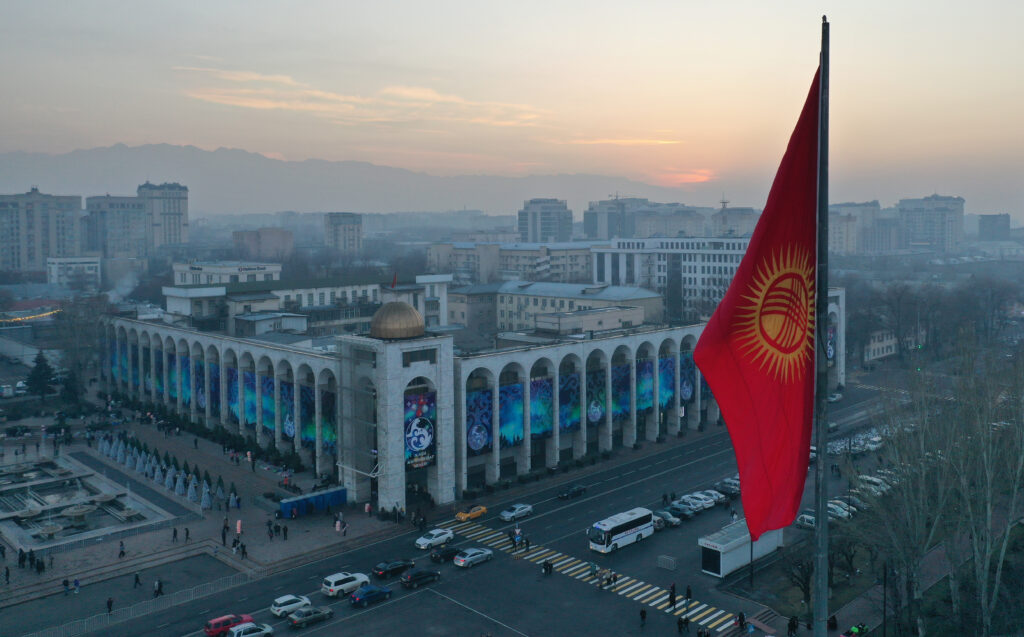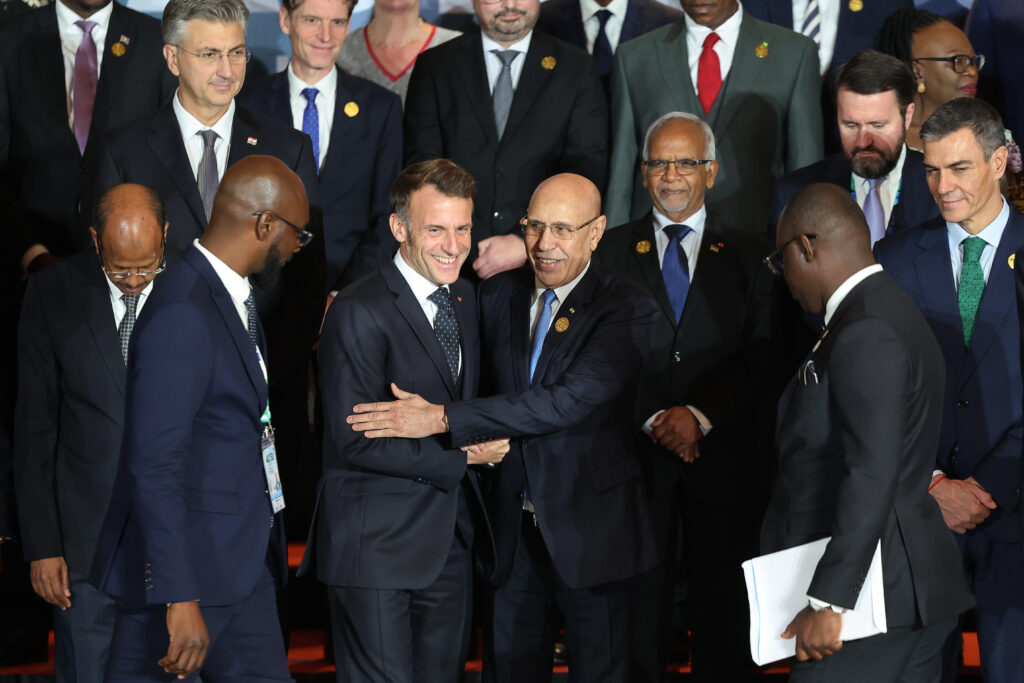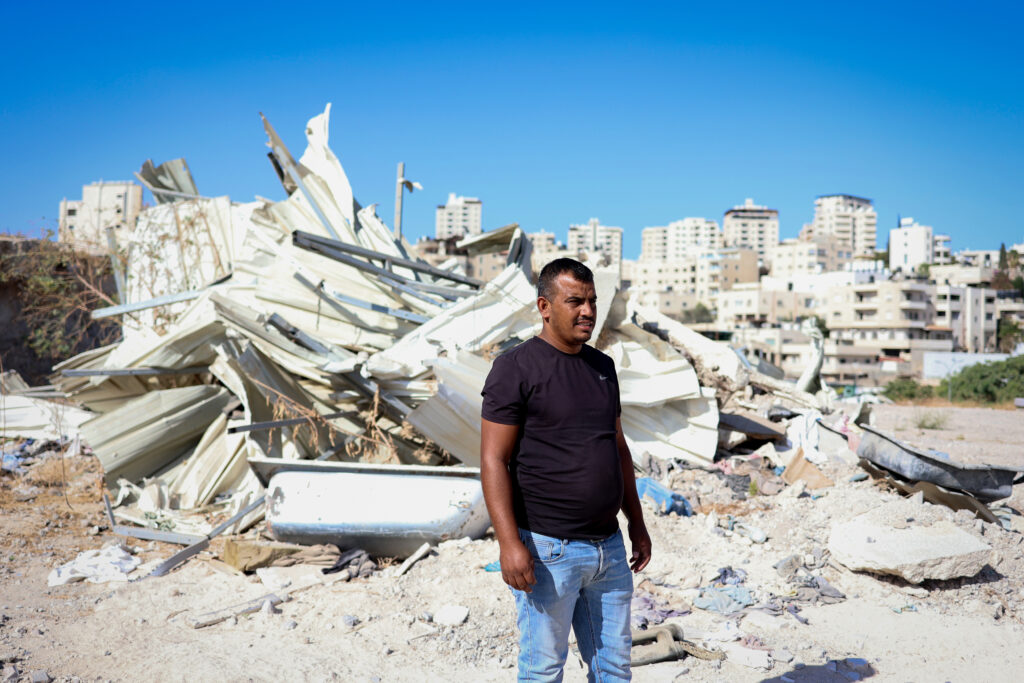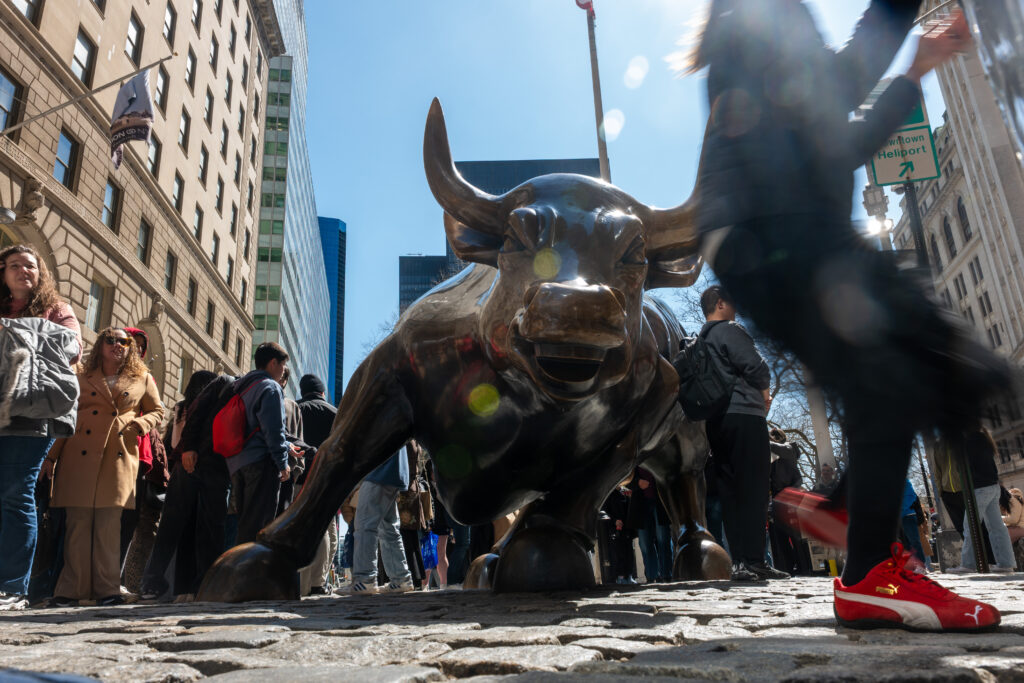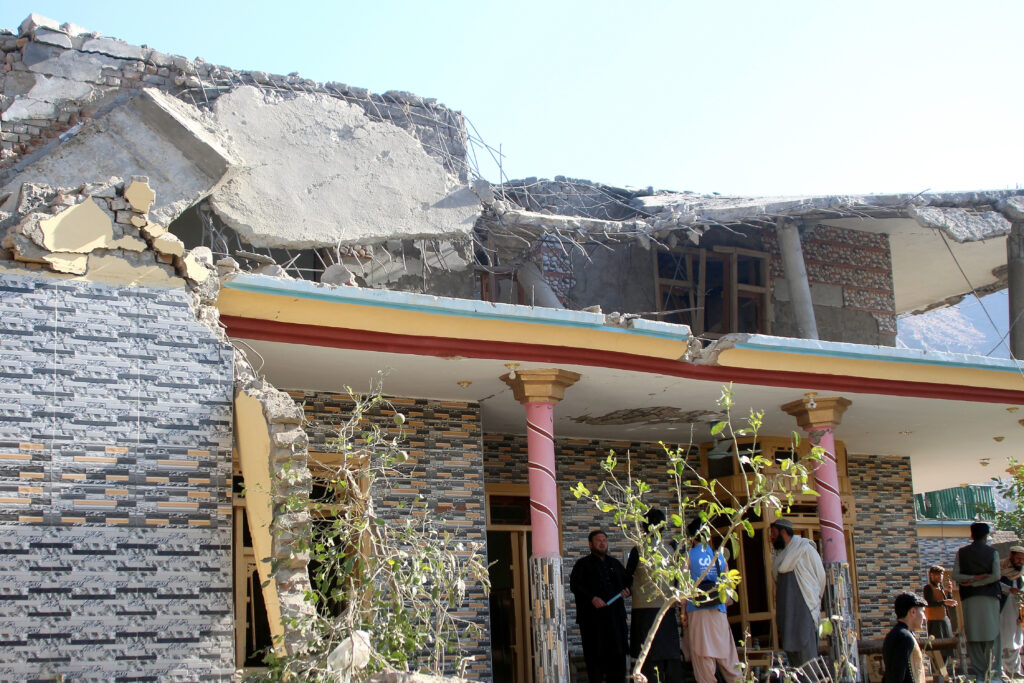South Africa on brink of first Test series win in India since 2000
South Africa had India tottering at 27-2 after setting the hosts a mammoth target of 549 in the second Test on Tuesday, moving to the brink of a first series win in the country for 25 years.South Africa declared on 260-5 in the final session on day four in Guwahati after Tristan Stubbs made 94.World Test champions South Africa lead the two-match series 1-0 and even a draw would seal their first series victory in India since 2000.The Proteas kept on batting despite the lead crossing 500 in the second session and coach Shukri Conrad said they wanted to make sure they ended India’s hopes of a series-levelling win.”We wanted them to really grovel… Bat them completely out the game and then say to them well come and survive on the last day and an hour this evening,” Conrad told reporters.”So far so good but we also know they’re not just going to roll over. We’re going to have to be at our very best tomorrow.”India suffered their fourth defeat in six home Tests in the opener in Kolkata, after a humiliating 3-0 series loss to New Zealand last year, and they need to bat for three more sessions to avoid another loss.India had been unbeaten in home Test series for 12 years before being swept by the Black Caps.The highest successful run chase in Test cricket was West Indies’ 418 against Australia in 2003. India’s highest chase was 406 against West Indies in 1976.Sai Sudharsan (2) and nightwatchman Kuldeep Yadav (4) were battling for survival when bad light ended play in the northeastern city, where the sun sets early.South Africa pace spearhead Marco Jansen dismissed Yashasvi Jaiswal with a short delivery outside the off stump to have him caught behind for 13.Left-arm quick Jansen took his match tally to seven wickets after figures of 6-48 in India’s first innings, after also hitting 93 with the bat earlier in the game.Off-spinner Simon Harmer bowled KL Rahul for six with a sharp, spinning delivery which turned through the gate.- Draw will be ‘win’ -India all-rounder Ravindra Jadeja said the home team had their eyes set on surviving for a draw, despite needing to attempt the record run chase to salvage the series.”The ball would spin and bounce more on day five — that is expected,” said Jadeja.”But if we don’t give away a wicket in the first session then put pressure on the bowlers. It will be win-win for us if we bat out day five and save the Test.”South Africa earlier resumed on 26-0 after bundling out India for 201 on day three to lead by 288 on the first innings.They did not enforce the follow-on and decided to bat again to pile the misery on the hosts.Opener Ryan Rickelton hit three fours in the first session before he fell to Jadeja while attempting another hit over cover but was caught for 35.Jadeja bowled the other overnight batter, Aiden Markram, for 29, before fellow spinner Washington Sundar dismissed visiting captain Temba Bavuma for three.Stubbs put on 101 runs for the fourth wicket with Tony de Zorzi, who was on 49 when Jadeja broke through.The veteran trapped De Zorzi lbw to deny him his fifty, but Stubbs stood firm in a 180-ball stay peppered with nine fours and a six.Stubbs was the last man out when he was bowled by Jadeja, who took 4-62, attempting to hit a second six of the over to bring up a hundred.Bavuma immediately declared, leaving Wiaan Mulder unbeaten on 35.The Indian fielders looked tired during a South African innings that lasted for 78.3 overs, as disappointed home fans at a largely empty stadium waited for the agony to end.


